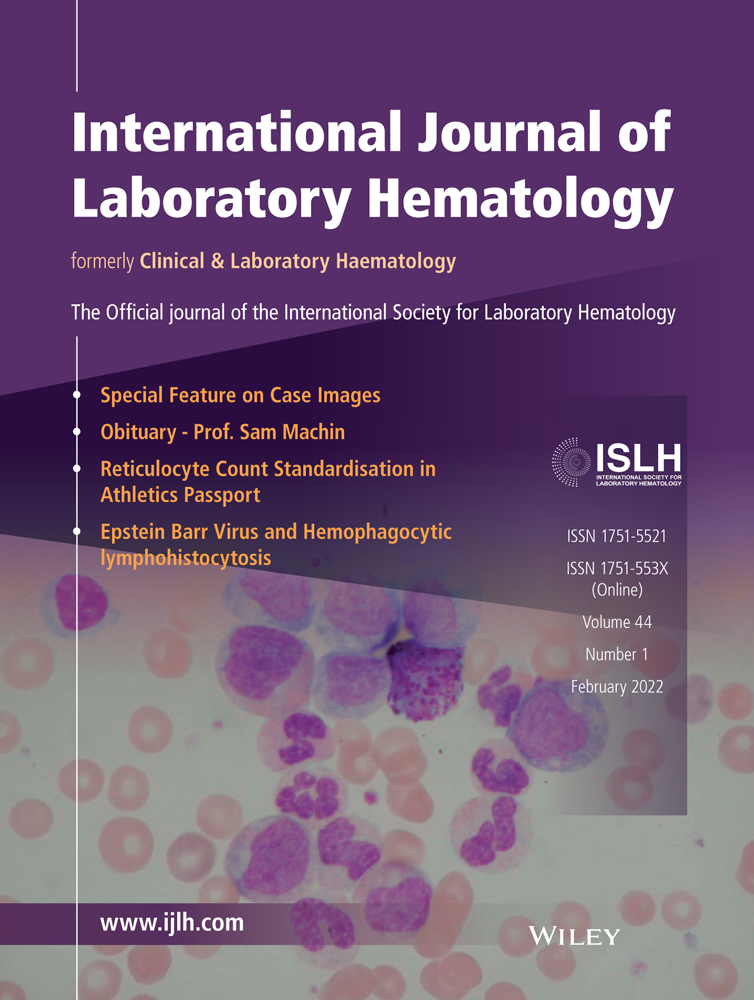Performance of Abbott Alinity hq hematology analyzer for automated cell counting of body fluids
Funding information
This research received no specific grant from any funding agency in the public, commercial or not-for-profit sectors
Abstract
Introduction
Body fluid cell counting and differentiation provide essential information for diagnosis and monitoring of diverse pathologies. We evaluated the performance of the newly launched Abbott Alinity hq hematology analyzer for automated cell counting in body fluids and compared red blood cell (RBC) and total nucleated cell (TNC) counts with the Cell-Dyn Sapphire automated hematology analyzer. Differential counts were compared with microscopic differentiation on cytocentrifuged preparations.
Methods
Background concentration limits, limit of detection (LOD), linearity, imprecision, functional sensitivity and carryover were evaluated. For method comparison, we collected 172 body fluids (17 continuous ambulatory peritoneal dialysis fluids, 56 cerebrospinal fluids and 99 serous fluids).
Results
Background concentration limits were ≤1000 cells/μL for RBC counts and ≤3 cells/μL for TNC counts. The LOD was 1000 RBC/µL and 5 TNC/µL. Results from linear regression analysis revealed excellent linearity. Functional sensitivity was 3000 cells/µL for RBC counts and 50 cells/µL for TNC counts. Carryover was 0.6% and 0.1% for TNC and RBC, respectively. The Alinity hq shows good clinical performance.
Conclusion
We demonstrated comparable performance for body fluid cell counting between the Alinity hq analyzer and the Cell-Dyn Sapphire. The Alinity hq can be very useful as a screening tool for body fluid cell counting.
CONFLICT OF INTEREST
The authors have no competing interests.
Open Research
DATA AVAILABILITY STATEMENT
The data that support the findings of this study are available from the corresponding author upon reasonable request.




